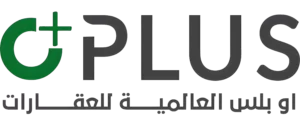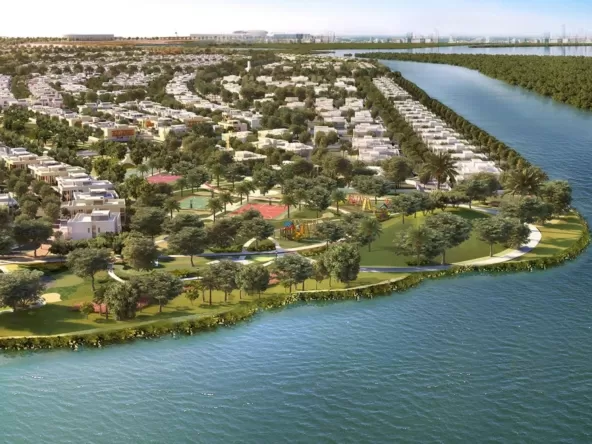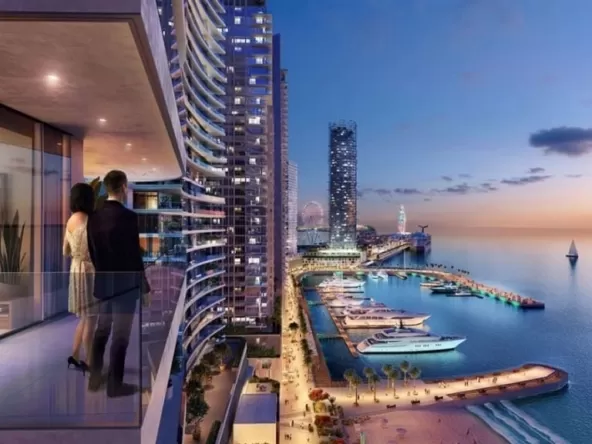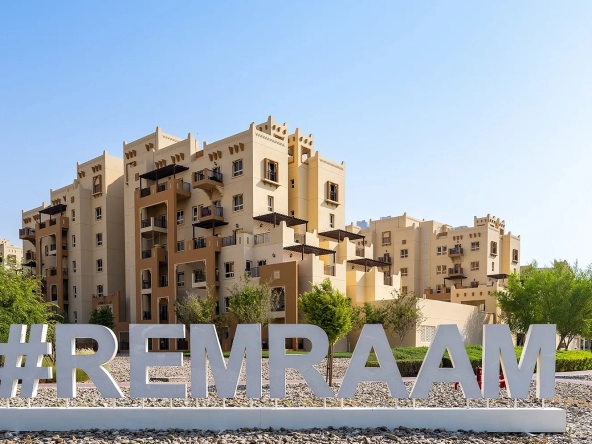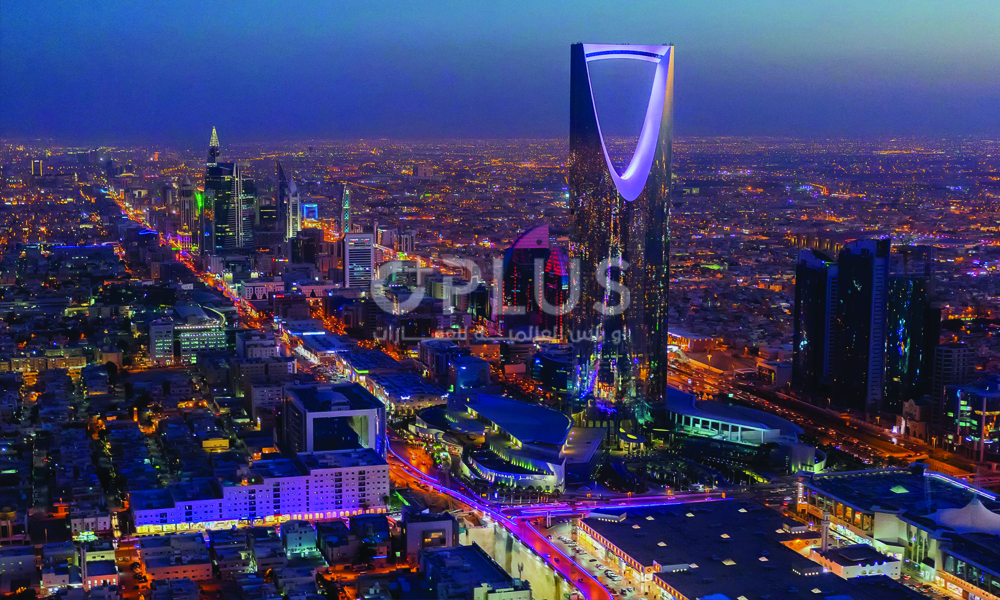
The Riyadh office market is heating up in 2025, with prime office rents rising by 10% year-on-year as global companies compete for larger, premium workspaces. Backed by strong economic indicators, increased foreign investment, and a growing appetite for Grade A commercial properties, Riyadh is solidifying its status as a regional business powerhouse.
In this in-depth look from OPlus Realty, we examine the latest figures, key trends, and what this means for investors, corporate tenants, and developers.
Strong Occupancy and Rising Rents Define Q2 2025
According to Savills’ Riyadh Office Market in Minutes, Grade A occupancy hit an impressive 98% in Q2 2025. Average rents climbed by 10%, driven by an increase in large-space leasing demand.
50% of leasing inquiries were for spaces over 1,000 sqm—compared to just 28% in Q1 2025.
This growing preference for larger footprints reflects expansion strategies by multinationals and local conglomerates alike.

Which Sectors Are Leading Riyadh’s Leasing Activity?
Unsurprisingly, the Banking, Financial Services, and Insurance (BFSI) sector took the lead, accounting for 50% of transactions in Q2. Other active sectors include:
- Legal services
- Pharmaceutical companies
- Professional consulting firms
Notably, 46% of leasing inquiries came from UK and US-based companies, signaling a surge in international interest in the Riyadh office market.
Foreign Investment & Economic Growth Fuel Expansion
Saudi Arabia’s non-oil GDP grew by 4.9%, and the overall economy is projected to expand by 3.5% in 2025, strengthening the fundamentals behind the office market’s growth.
Other key economic indicators include:
- PMI at 57.2 in June 2025, the highest since 2011
- SAR 22.2 billion in FDI during Q1, up from SAR 15.5 billion YoY
- Major firms such as BNY Mellon, London Business School, ASPEN, and Globant established regional HQs in Riyadh this year
These developments reflect increasing business confidence and long-term commitment to the Kingdom’s economy.
Infrastructure Upgrades Support Commercial Hotspots
The Riyadh Metro is transforming citywide connectivity. Over 25 million passengers were recorded in Q1 2025 alone, enabling easier access to business zones such as:
- King Abdullah Financial District (KAFD)
- Olaya
- Tahlia Street
As transit becomes more efficient, tenant demand continues to rise in these prime office corridors.
Rental Growth by Zone: Where Are Rents Rising the Fastest?
Different districts within Riyadh are experiencing varied rental growth. According to Savills, the sharpest increases are seen in:
- Zone C: 15% year-on-year growth
- Zone A: Nearly 11% increase
These zones benefit from premium supply, top infrastructure, and growing tenant preference for well-connected, high-quality buildings.
Supply Pipeline: Will It Ease Pressure on Rents?
While rents are currently climbing, relief may be on the horizon. Over 900,000 sqm of new Grade A space is expected to enter the market by late 2026, driven by mega-projects such as:
- Diriyah Gate
- Misk City
However, analysts suggest this won’t significantly slow rent growth in the short term, as demand still outpaces supply.

What This Means for Investors and Developers
For landlords and developers, the current market offers a window of opportunity:
- Low vacancy rates and rising demand drive yields
- High-quality office assets see premium leasing activity
- Foreign occupiers seek long-term commitments
Meanwhile, developers should act quickly to launch projects that match evolving tenant expectations: smart infrastructure, flexible workspaces, sustainability, and location connectivity.
